
Aquaculture Wastewater Treatment, Reuse of Aquaculture wastewater
Established in 1962, located in southern suburbs of Wuhan city, the Luhu aquaculture farm is one of the earliest state-owned fishing farms in Jiangxia District, now belongs to Wuhan Liangzihu Aquaculture Group. Total area of 6,672 acres, of which 5,930 acres are lakes. and 741.3 acres is constructed aqua farm, In addition, 527 acres belong to Regional Water Affair Bureau.
The Sanmen Lake and Lu Lake are separated by the Sanmen Lake Dam, aquaculture wastewater directly discharged into Lu Lake before, nearby water become serious environment pollution and eutrophication because of the large amount of phosphorus, nitrogen and other related substances contained in the aquaculture wastewater. When the next aquaculture season coming, the polluted water is recycled and used, which causes secondary pollution to aquaculutre environment.
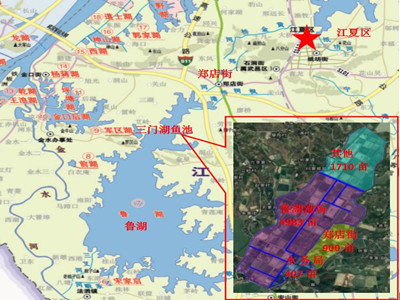
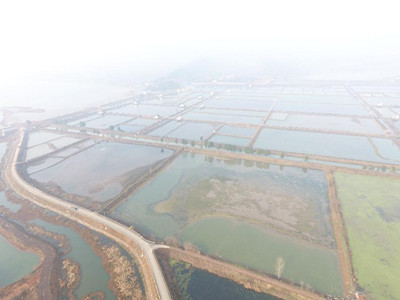
1. After site check and water quality analysis, The main pollutants are ammonia nitrogen, total nitrogen and total phosphorus, which mostly come from fertilization and feeding.
2. After years operation, the drainage and irrigation system has been clogging, because of accumulating sludge, which make negative impact to aquaculture efficiency and environment.
3. Untreated aquaculture wastewater directly discharged into Lu Lake, which seriously pollute water quality.
First prohibit some fish farming which need large amounf of fertilizer and feed, and adjust 330 acres fish farming area to shrimp & crab farming, and grow submerged plants in shrimp & crab farming area. however fundamentally reduce the pollution caused by aquaculutre process.
Besides, submerged aquatic plants can degrade toxic & harmful substances, and reduce concentration of excess nitrogen, phosphorus, and sulfide in the water body, increase the dissolved oxygen. In overall, aquatic plants play an important role in improving and enhancing the recycling of the aquaculture wastewater.
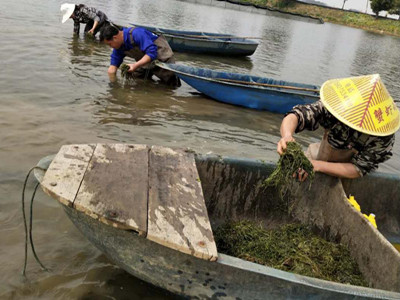
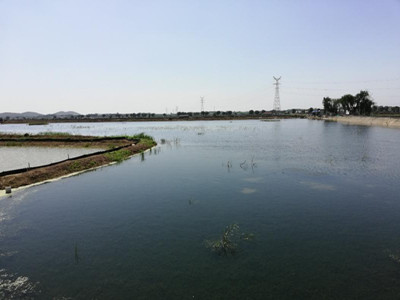
In order to crate “Eco-system”, 92 acres wetland was newly building. After that, grow following plant on that. Hence , aquacuture wastewater will discharge in to wetland for natural purification

Dedging 6 ditch (Total length 6,920 meter), and grow submerged plants in the ditch, so when aquaculture wastewater flow through ditch, it can be purified by submerged plants. Besides, constructe 9 new regulating gates and 1 pumping station, which is used for connection between the relevant ditch and wetlands.
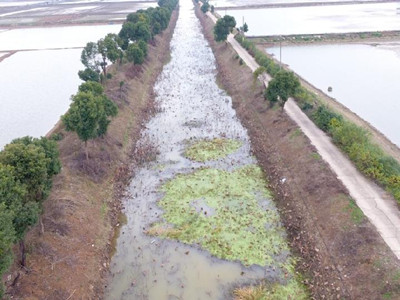
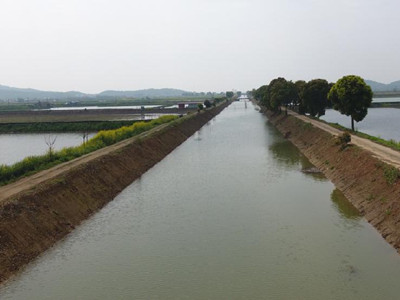
All our microbial products are selected from the natural, non-hazard, non-pathogenic, non-corrosive. 100% eco and safe for environment and aquatic animal.
How does it work
1) The main components of nitrifying bacteria are ammonia oxidizing bacteria (AOB) and nitrous acid oxidizing bacteria (NOB). AOB will convert NH4 -N into NO2 -N. And NOB will convert NO2-N into NO3-N, the whole process we call nitrification process, detail as following chart.
2) Organic matter in wastewater will be utilized by microorganism for nutrients to synthesize cellular material under aerobic conditions; another part of the organic matter is catabolized and releases energy, which further reduces the COD in the wastewater.
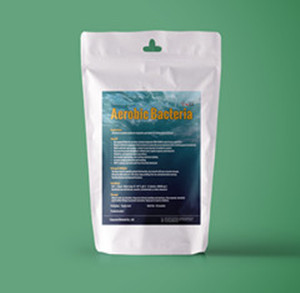
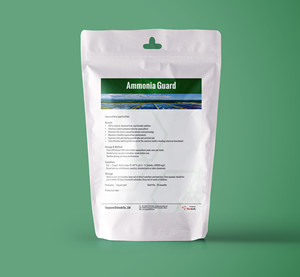
Through water eco restoration, microbial purification, and wetaland technology, we transform traditional aquaculture mode and finally achieve ecological aquaculture.
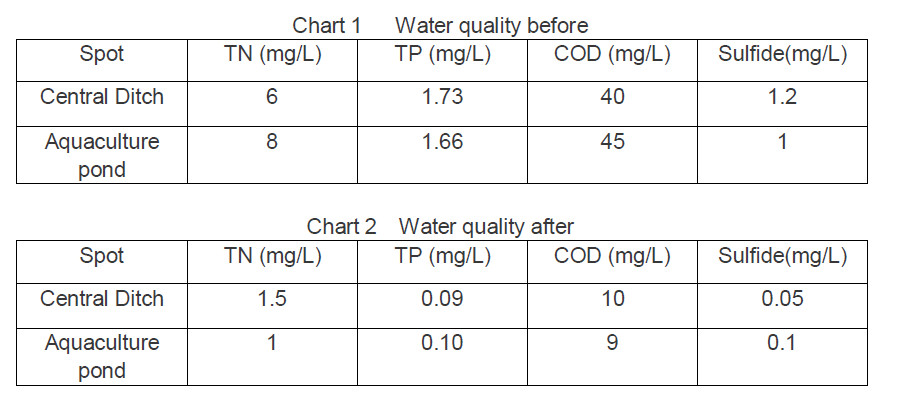 QQ图片20200427154325.png
QQ图片20200427154325.pngEcological benefits: Through this project, the ecological functions and ecosystem integrity of the aquaculture area will be gradually restored; Furthermore, greatly reduce pollutants of aquaculture wastewater, and protect the safety of water quality of Lu Lake.
Economic benefits: This project greatly maintain the reuse water quality for aquaculture, hence helping farmers to increase aquaculture income under the same aquaculture area.
Social benefits: Through a series of comprehensive renovations, this project can achieve the purpose of protecting the lake area from reducing, purifying water bodies, and improving the surrounding environment. At the same time, it provides a good leisure and entertainment platform for the surrounding residents.
Anti flood benefit: This project achieve the water recircling system for aquaculture area, and plays a significant role in flood prevention and drainage.